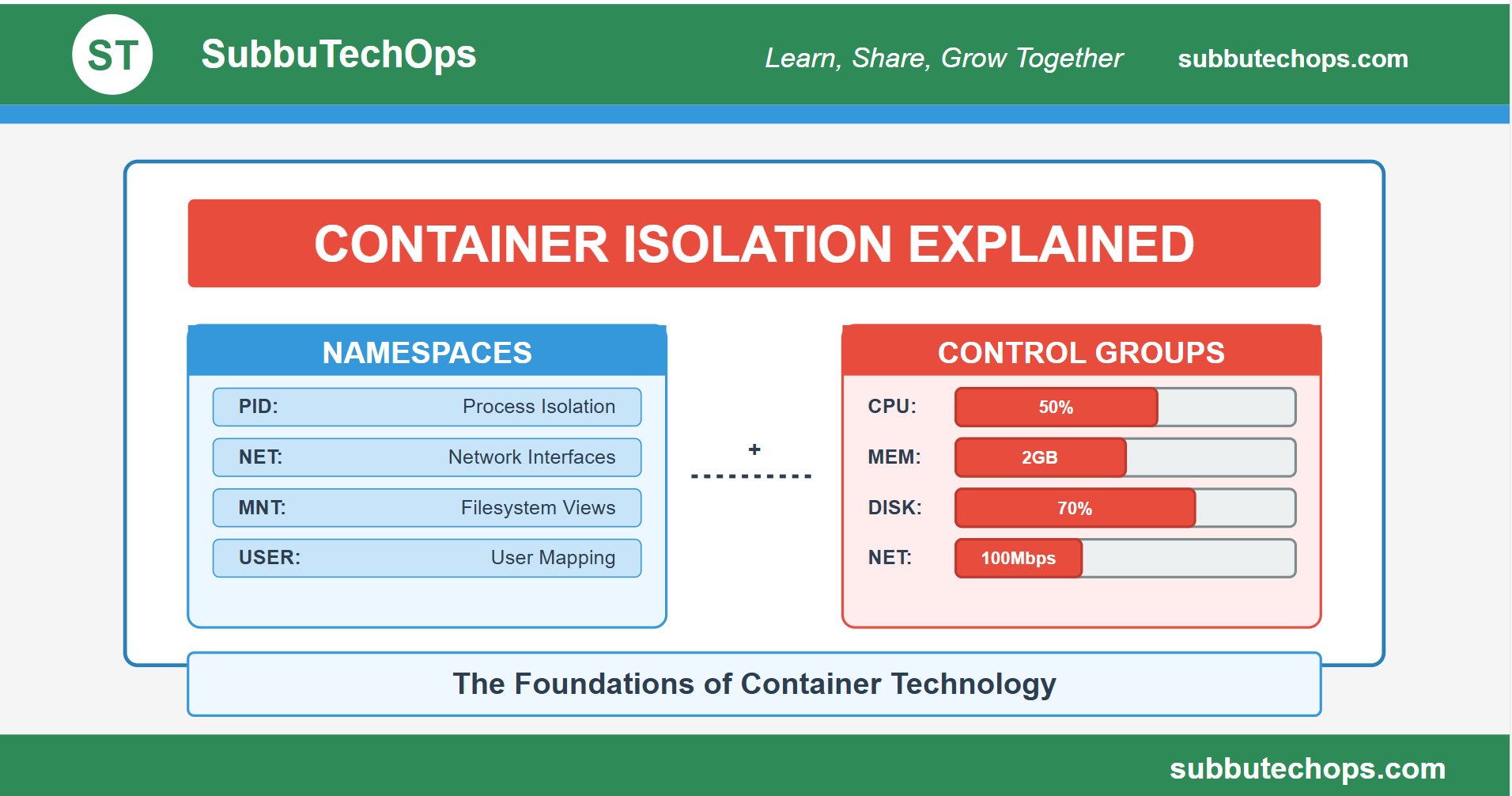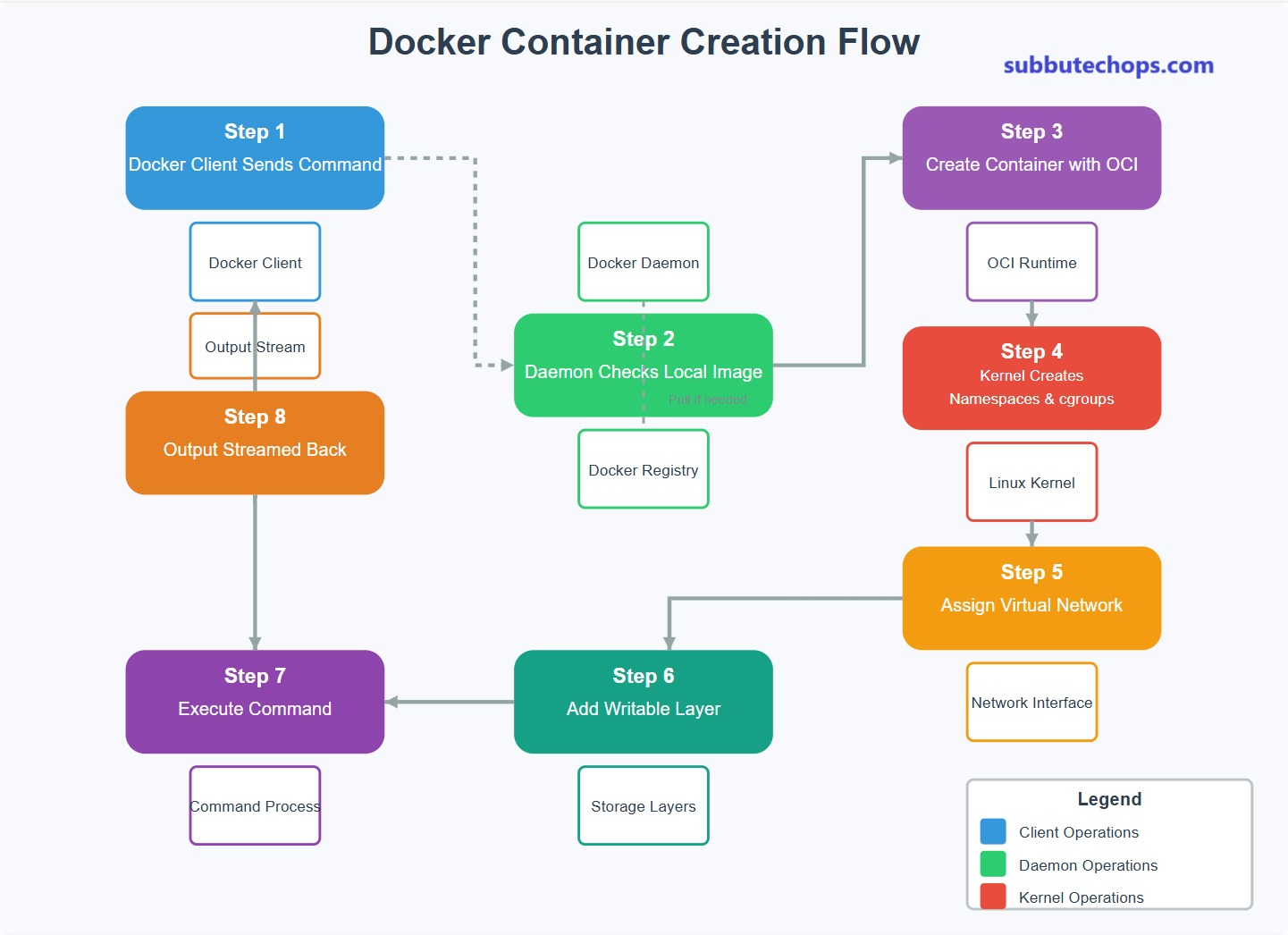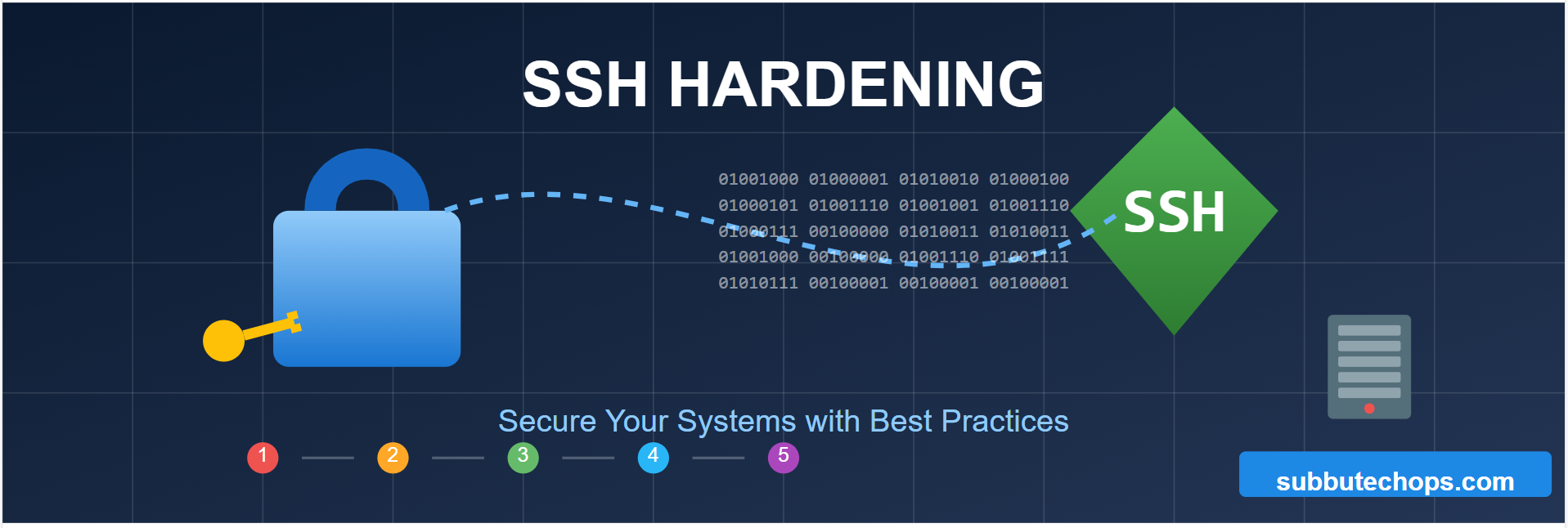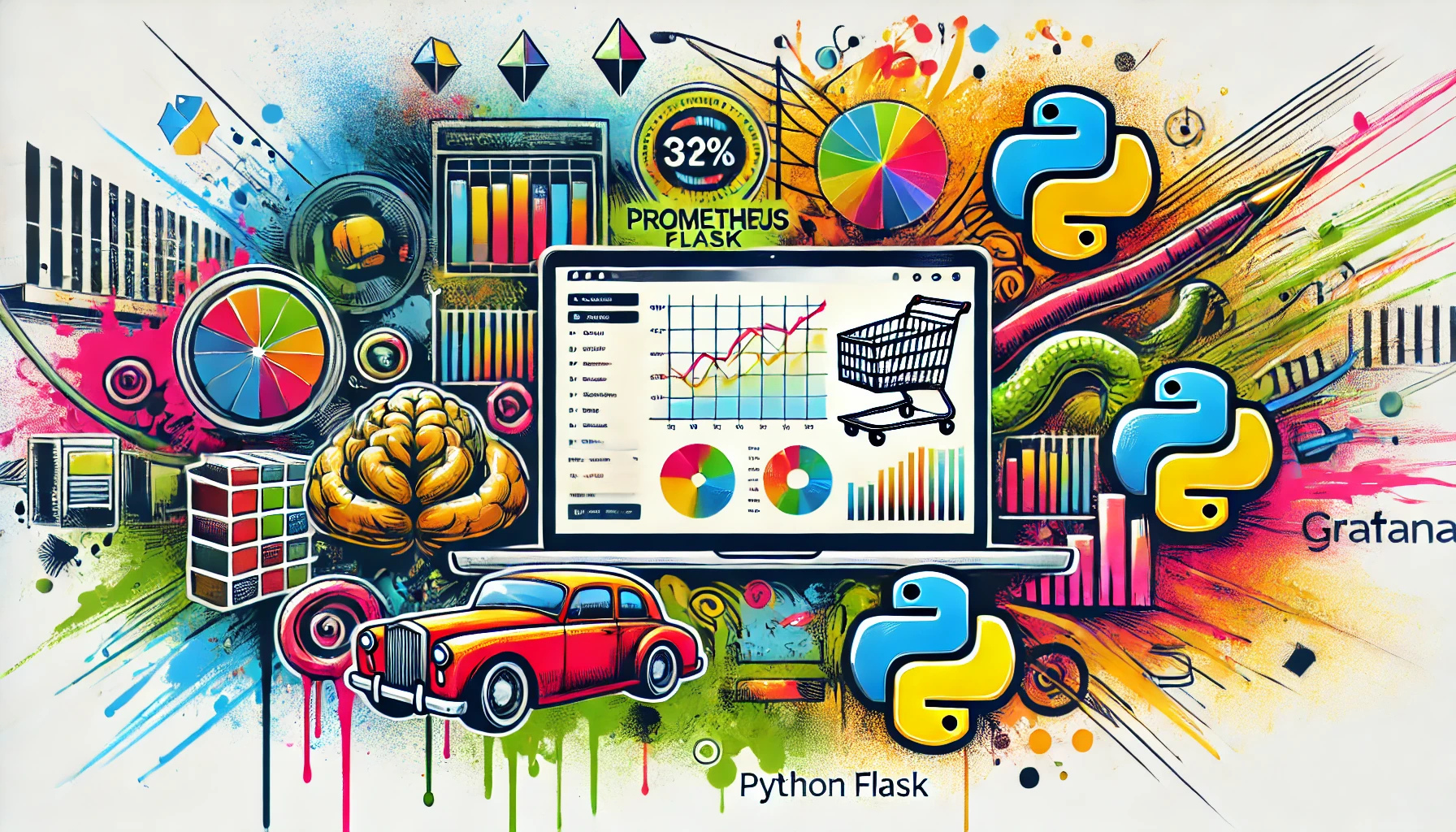Demystifying Container Isolation: Namespaces and Control Groups Explained
Introduction If you’ve been working with containers like Docker or Kubernetes, you’ve probably heard terms like “namespaces” and “cgroups” thrown around. But what are these technologies exactly, and why should you care about them? Think of containers as special apartments in a large building. Each apartment needs its own private space and a fair share … Read more










